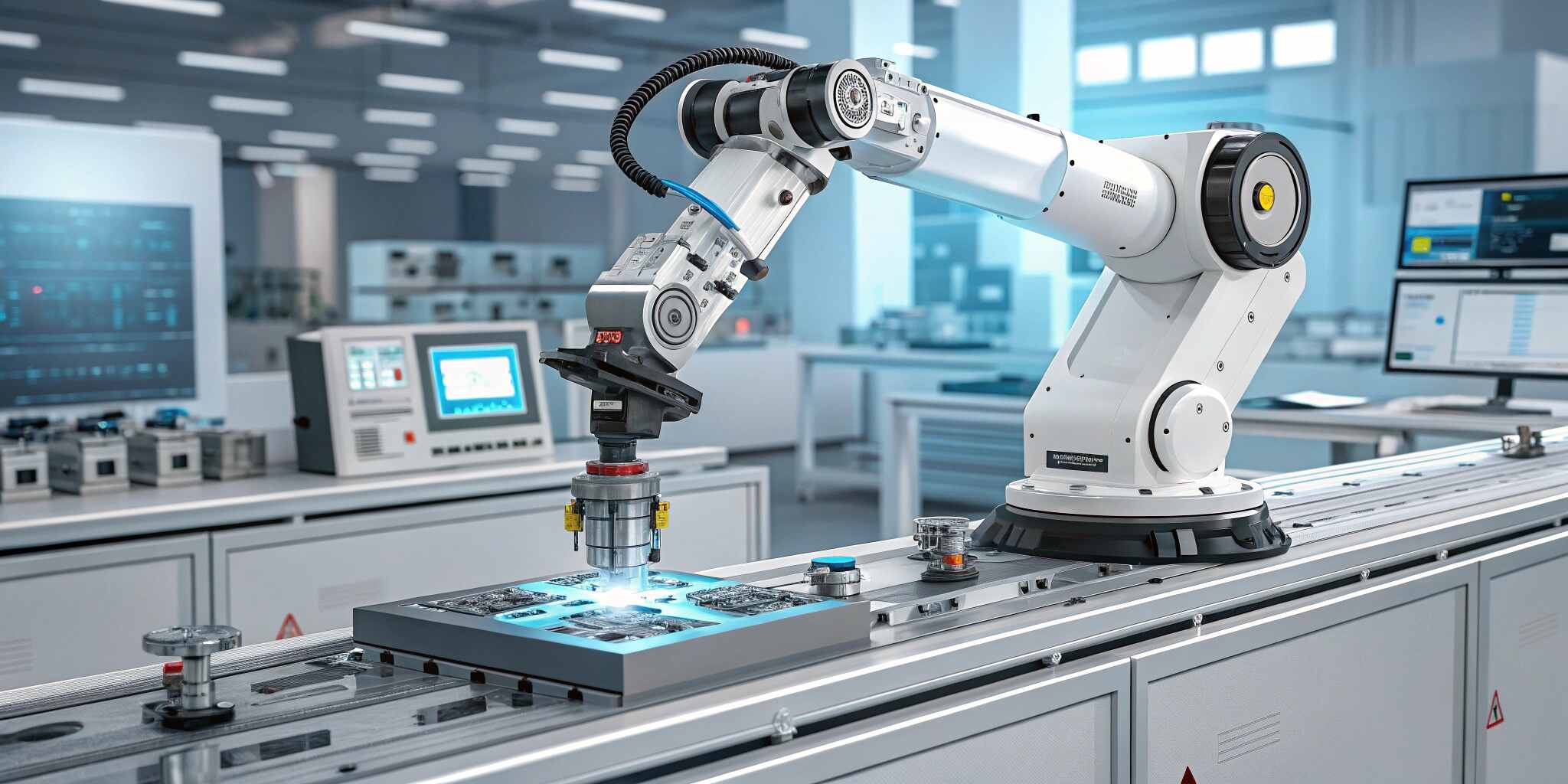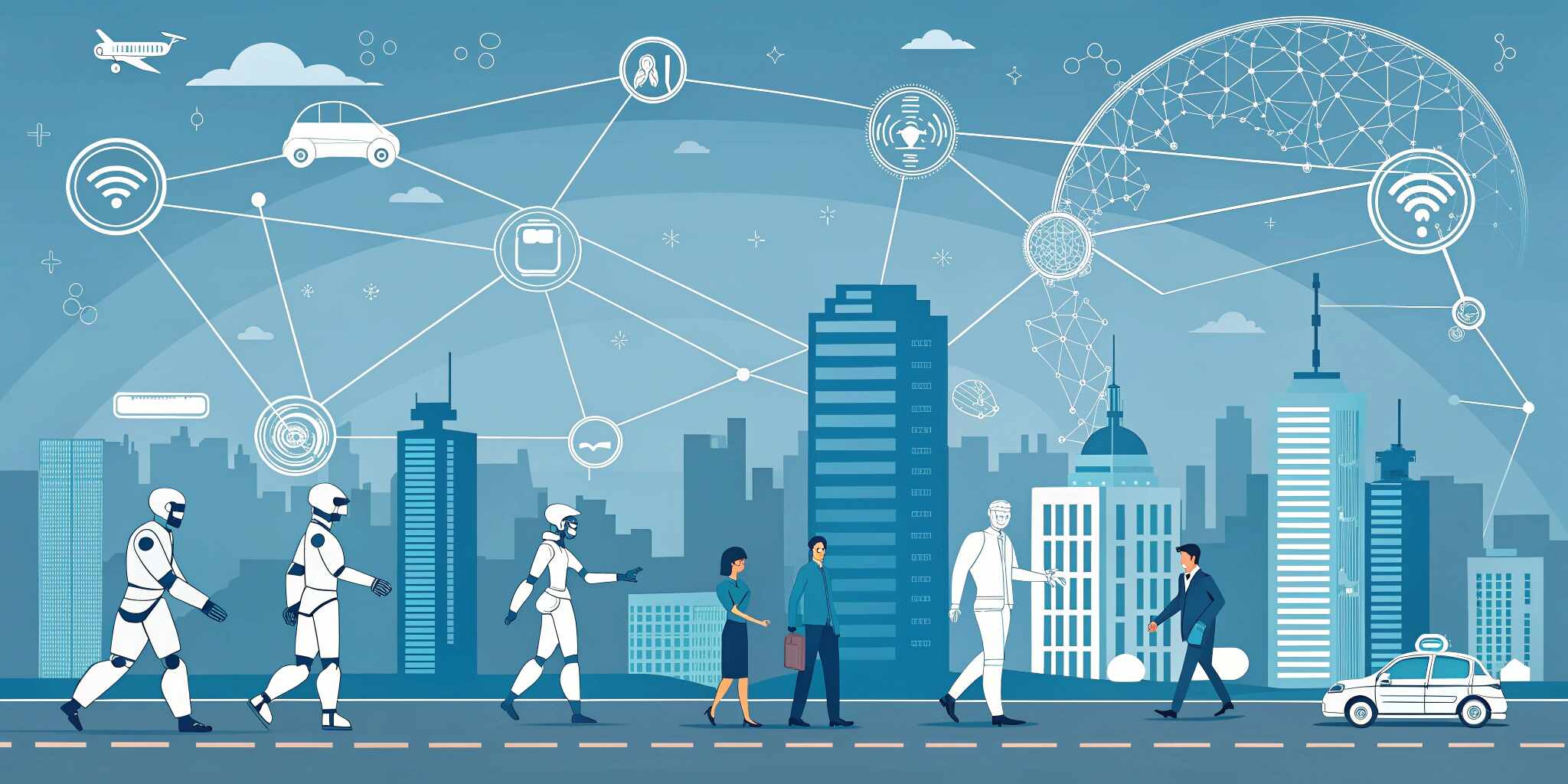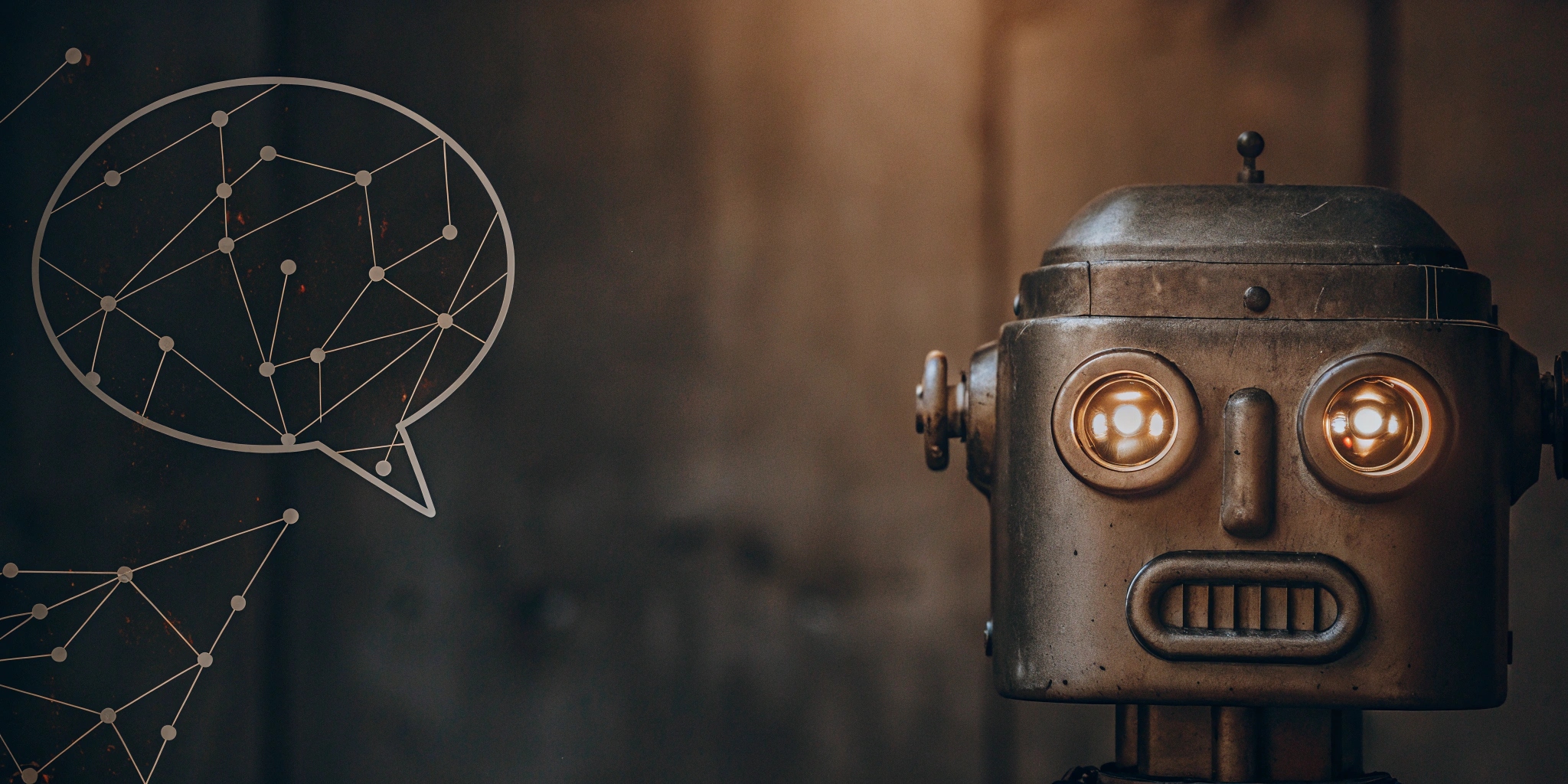As technology evolves, machines are no longer limited to repetitive tasks. They are becoming smarter, more autonomous, and capable of perceiving the world around them. This advancement is largely due to the combination of computer vision and robotics—two powerful fields that are transforming industries, from manufacturing to healthcare.
Together, they form the backbone of modern automation, enabling robots to see, analyze, and interact with their environments intelligently.
1. What is Computer Vision?
Computer vision is a field of artificial intelligence (AI) that trains machines to interpret and understand visual information from the world. Using cameras and sensors, computer vision systems can capture images and videos, analyze them, and make decisions based on what they "see."
Key Functions of Computer Vision:
- Image classification
- Object detection and tracking
- Facial and gesture recognition
- Scene reconstruction
- Image segmentation
Common Applications:
- Quality control in factories
- Autonomous vehicles detecting obstacles
- Medical imaging analysis
- Security surveillance and monitoring
- Augmented reality experiences
2. What is Robotics?
Robotics involves the design, creation, and operation of robots—machines that can perform tasks autonomously or semi-autonomously. Robotics combines mechanical engineering, electronics, and software to create systems that can move, manipulate objects, and interact with their surroundings.
Key Functions of Robotics:
- Physical task automation
- Movement and navigation
- Interaction with humans and environments
- Task execution in hazardous conditions
Common Applications:
- Industrial automation
- Delivery robots and drones
- Robotic surgery
- Home assistants and service robots
- Space exploration
3. The Intersection of Computer Vision and Robotics
When computer vision is integrated with robotics, machines gain the ability to perceive, interpret, and respond to their environments, making them truly autonomous.
How They Work Together:
- Perception: Cameras and sensors capture real-world data.
- Analysis: Computer vision algorithms process and interpret visual inputs.
- Action: The robot makes decisions and acts based on the processed information.
4. Real-World Applications
Autonomous Vehicles:
Robots (self-driving cars) use computer vision for lane detection, obstacle avoidance, and traffic sign recognition, enabling safe navigation without human intervention.
Smart Manufacturing:
Robotic arms with vision systems identify defective products on an assembly line, improving quality control without slowing down production.
Healthcare Robotics:
Surgical robots use computer vision to perform precise movements, while rehabilitation robots monitor patient progress through visual analysis.
Agriculture:
Robotic harvesters identify ripe fruits using computer vision and pick them gently to avoid damage, optimizing yield and labor efficiency.
Logistics and Warehousing:
Vision-guided robots manage inventory, sort packages, and navigate warehouse spaces without colliding with obstacles.
5. Benefits of Combining Computer Vision and Robotics
- Increased Automation: Minimizes the need for human intervention in repetitive and dangerous tasks.
- Higher Accuracy: Reduces errors in processes like quality inspection or precision surgery.
- Adaptability: Robots can adjust to new tasks or environments by "learning" through visual inputs.
- Efficiency Gains: Speeds up operations while maintaining safety and reliability.
6. Challenges and Considerations
- Complexity of Real-World Environments: Lighting changes, occlusions, and unpredictable scenarios make visual recognition challenging.
- Data Requirements: Training computer vision systems requires large datasets.
- Cost: High-end vision sensors and robotics systems can be expensive to implement.
- Ethical and Safety Concerns: Autonomous decision-making raises questions about liability and trust in critical applications like healthcare and transportation.
Conclusion
The integration of computer vision and robotics is transforming industries by enabling machines to perceive and interact with the physical world intelligently. From manufacturing floors to autonomous vehicles and medical labs, this fusion is driving innovation, efficiency, and safety in ways previously unimaginable.
As technology advances, we can expect smarter, more capable robotic systems that understand their environments better, make real-time decisions, and perform tasks with precision—reshaping the future of automation and AI.


